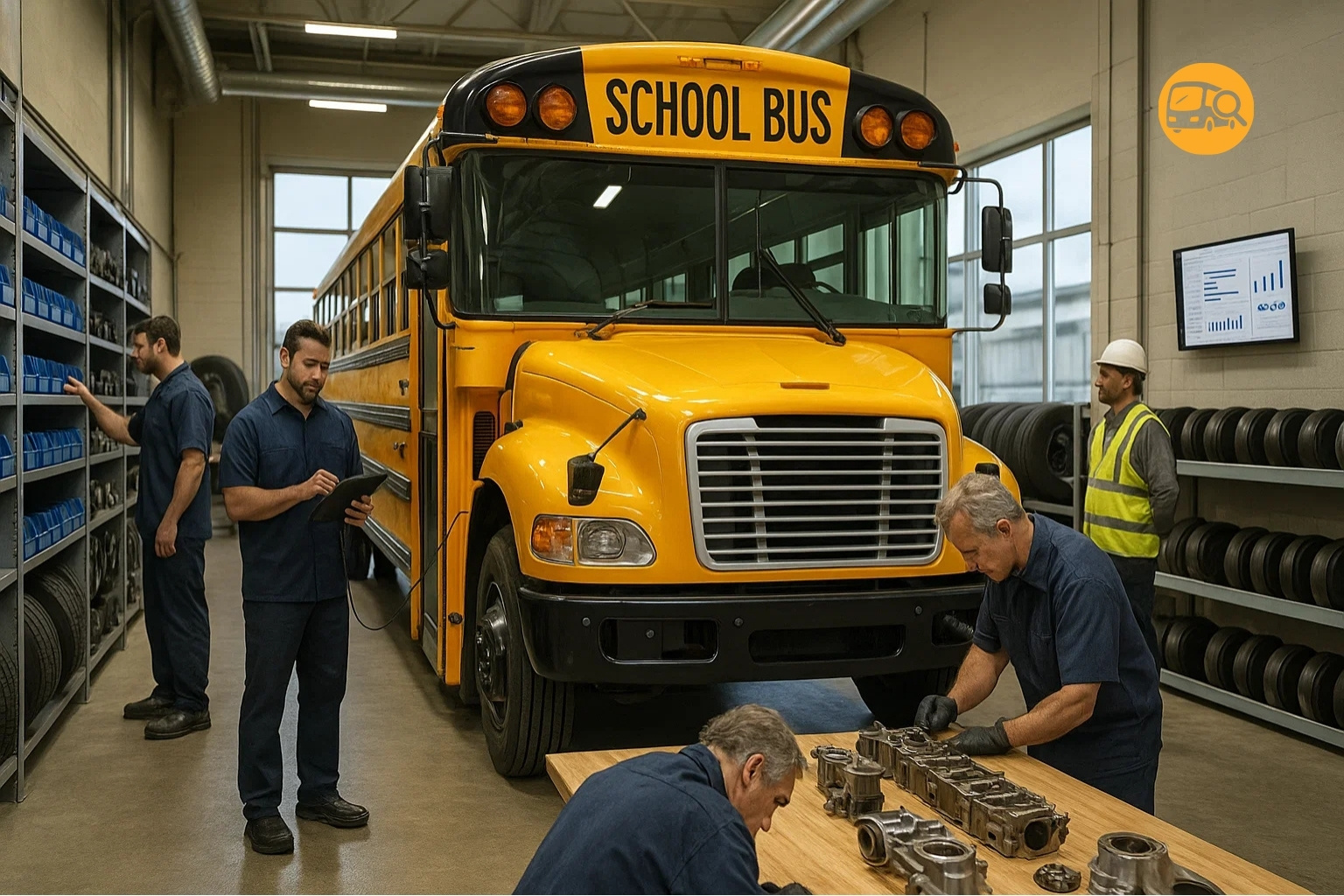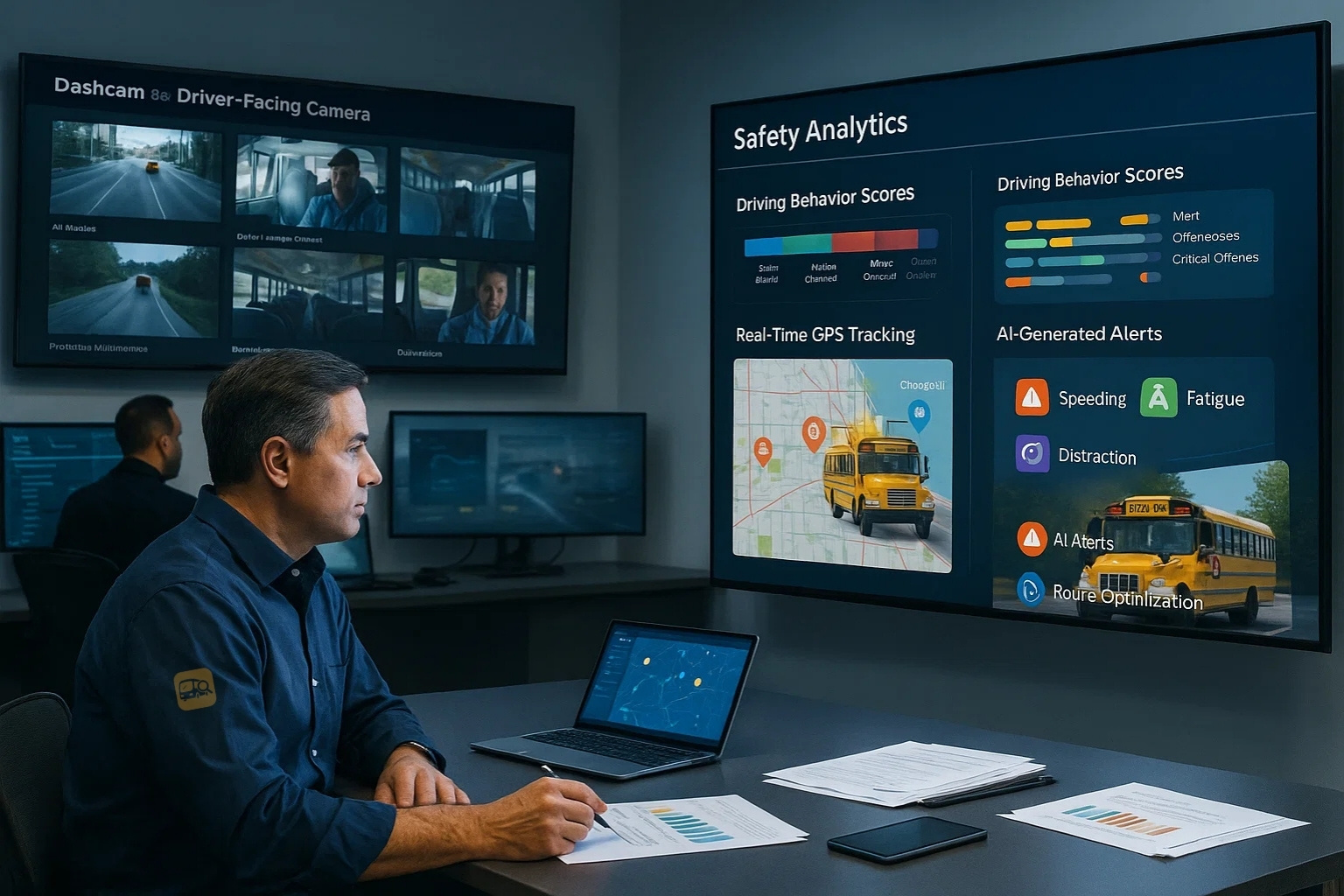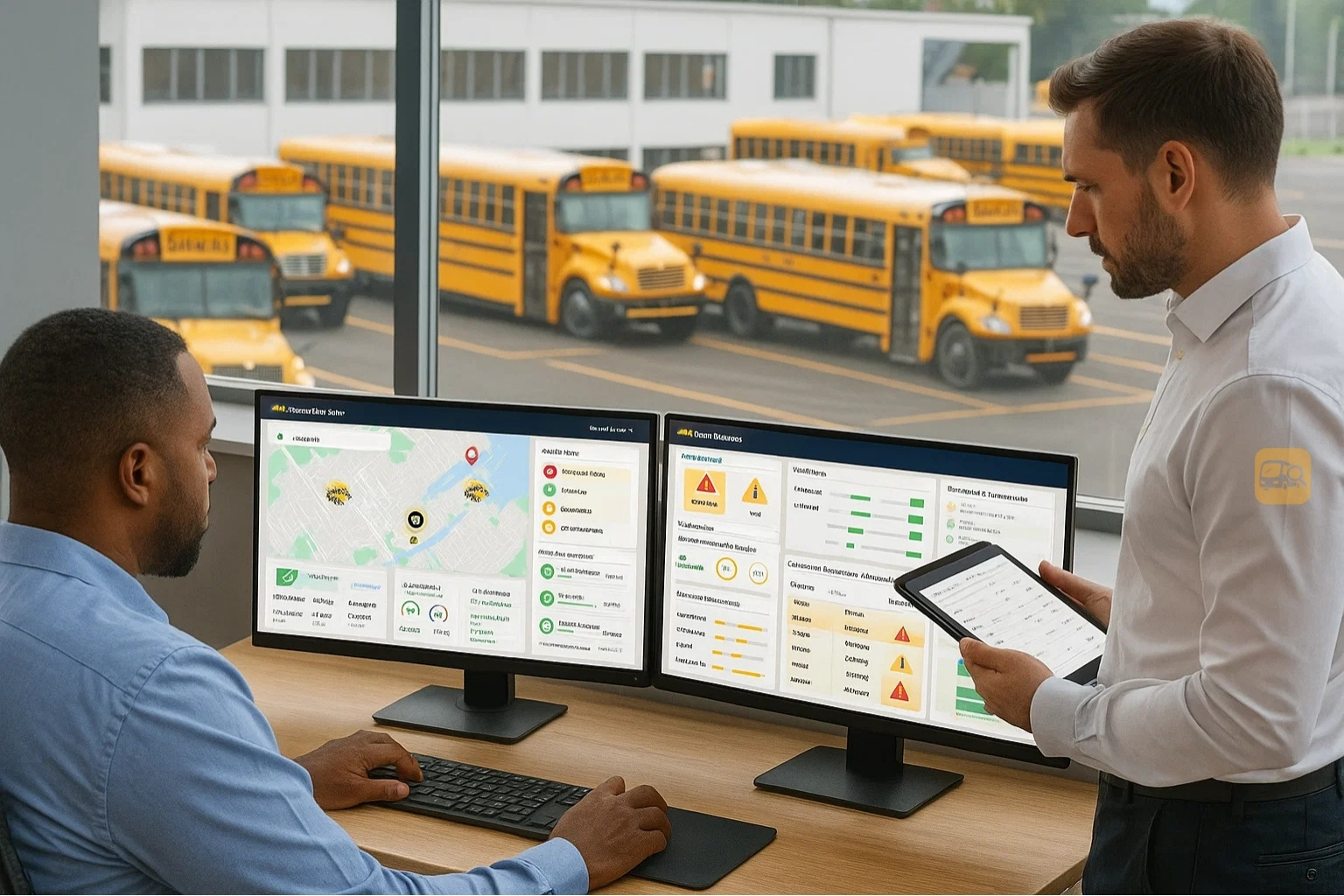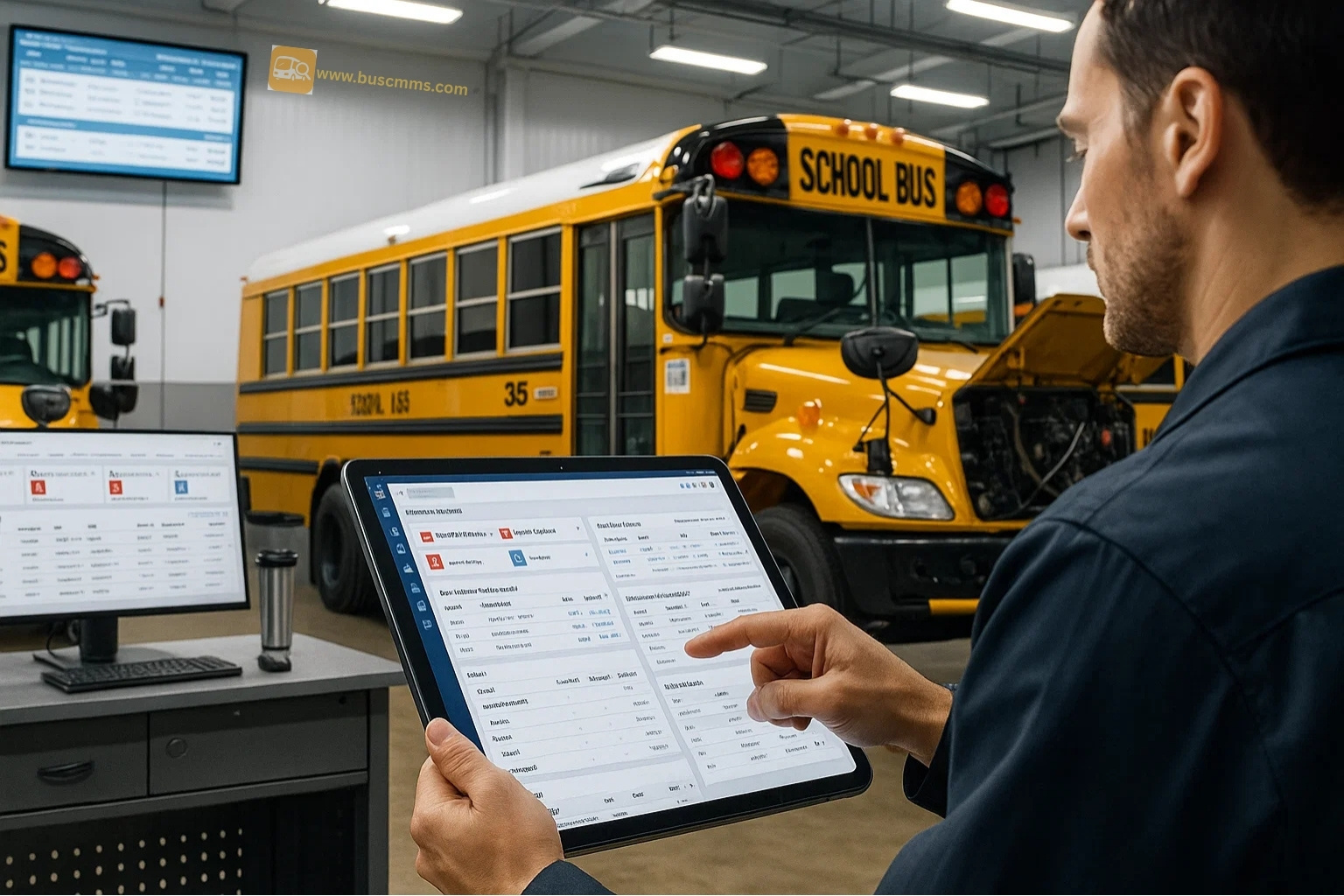Managing a bus fleet isn't just about keeping vehicles on the road—it's about maximizing uptime, controlling maintenance costs, and ensuring passenger safety. Yet, 73% of US fleet managers still rely on paper-based work orders and spreadsheets, leading to missed maintenance schedules, unexpected breakdowns, and ballooning operational costs.
If you're overseeing a bus fleet in today's competitive transportation landscape, automated maintenance tracking isn't just a nice-to-have—it's essential for survival. Let's explore how digital transformation in fleet maintenance can revolutionize your operations and deliver measurable ROI within months.
The Hidden Costs of Manual Maintenance Tracking
Every fleet manager knows the drill: technicians scribbling on work orders, maintenance logs buried in filing cabinets, and that sinking feeling when a bus breaks down because someone missed a scheduled service. The reality is stark—manual maintenance tracking costs the average 50-bus fleet operation approximately $150,000 annually in preventable repairs and downtime.
Consider these eye-opening statistics from the American Public Transportation Association:
- Manual tracking leads to 35% more unscheduled maintenance events
- Paper-based systems result in 4.2 hours of administrative overhead per vehicle per month
- 68% of fleet breakdowns are linked to missed or delayed preventive maintenance
- Average downtime cost per bus: $1,000-$1,500 per day
These aren't just numbers—they represent real challenges that impact your bottom line, driver satisfaction, and most importantly, passenger safety and trust.
How Automated Work Orders Transform Fleet Operations
Automated maintenance tracking systems fundamentally change how fleet operations run. Instead of reactive firefighting, you gain proactive control over your entire maintenance ecosystem. Here's what modern automation brings to the table:
Real-Time Work Order Management
Digital work orders eliminate the guesswork. Technicians receive instant notifications on tablets or smartphones, complete with vehicle history, parts inventory, and step-by-step repair procedures. No more lost paperwork or illegible handwriting—everything is tracked, timestamped, and accessible in seconds.
Predictive Maintenance Scheduling
Advanced algorithms analyze vehicle data to predict maintenance needs before failures occur. By monitoring engine hours, mileage, fault codes, and historical patterns, the system automatically generates work orders at optimal intervals, reducing both over-maintenance and unexpected breakdowns.
Comprehensive Fleet Analytics
Dashboards provide instant visibility into fleet health, maintenance costs, and performance trends. Fleet managers can identify problem vehicles, track technician productivity, and make data-driven decisions about vehicle replacement and resource allocation.
Key Features That Drive ROI
Not all maintenance tracking systems are created equal. When evaluating solutions for your bus fleet, prioritize these game-changing features:
- Mobile-First Design: Technicians need access in the garage, not just the office
- Parts Inventory Integration: Automatic reordering prevents stockouts and reduces carrying costs
- Compliance Tracking: Automated DOT inspection reminders and documentation
- Fuel Management: Track consumption patterns to identify inefficiencies
- Driver Reporting: Enable drivers to submit pre-trip inspections and issue reports digitally
- API Connectivity: Integrate with telematics, fuel cards, and accounting systems
Implementation Best Practices for US Fleet Operations
Transitioning from manual to automated systems requires careful planning. Based on successful implementations across hundreds of US transit agencies, here's your roadmap to success:
Phase 1: Assessment and Planning (Weeks 1-2)
Audit your current maintenance processes, identify pain points, and establish clear KPIs. Common metrics include cost per mile, vehicle availability percentage, and mean time between failures.
Phase 2: System Selection and Customization (Weeks 3-4)
Choose a solution that aligns with your fleet size, budget, and growth plans. Ensure the vendor understands US regulatory requirements and can customize workflows to match your operations.
Phase 3: Pilot Program (Weeks 5-8)
Start with 10-15% of your fleet to iron out issues and gather feedback. This controlled rollout minimizes disruption while building internal champions.
Phase 4: Full Deployment (Weeks 9-12)
Roll out systematically, ensuring comprehensive training for all stakeholders. Most fleets achieve full adoption within 90 days.
The Bottom Line: Measurable Results in Months, Not Years
Fleet operations that embrace automated maintenance tracking consistently report transformative results:
- 40-50% reduction in unscheduled maintenance events
- 25-30% decrease in parts inventory costs
- 60% faster work order completion times
- 15-20% improvement in fleet availability
- $2,000-$3,500 annual savings per vehicle
For a typical 100-bus fleet, this translates to $200,000-$350,000 in annual savings—enough to pay for the system many times over while improving service reliability and passenger satisfaction.








